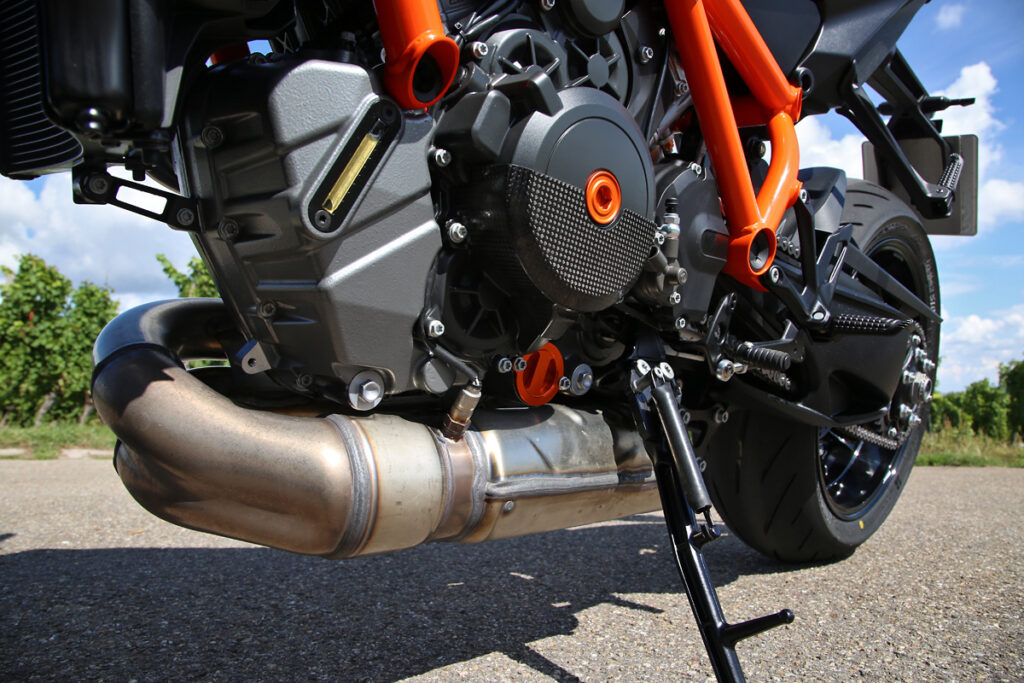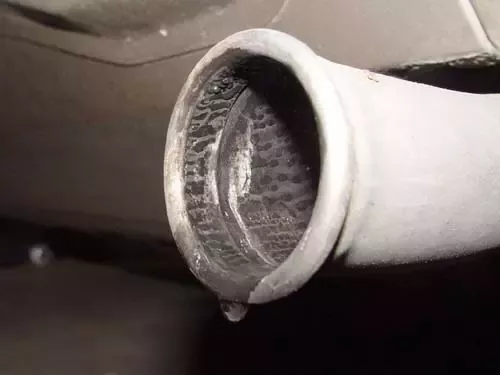You have probably heard about the catalytic converter for your vehicle, be it a motorcycle or car.
The catalytic converter has been fitted to virtually all vehicles on the road for decades now, as a device to clean up vehicle exhaust emissions before it is released into the environment. But how does it work?
Let us start with what comes out of the exhaust
A vehicle’s engine produces gases called emissions from burning fossil fuels in combination with air. Vehicle emissions contain many different chemical compounds, some more harmful than others.
Some of these by-products are perfectly safe. For example, air is 78% nitrogen gas (N2). Some of this nitrogen reacts with oxygen during combustion. This produces some nitrogen oxides (NOx), which are toxic.
Some byproducts of combustion can cause health problems, including breathing difficulties, cardiovascular disease and cancer. They are caused by nitrogen oxides (NOx), unburned hydrocarbons, carbon particles, and volatile organic compounds (VOCs).
Some byproducts can also pollute our environment. Acid precipitation, air and water pollution are caused by carbon dioxide (CO2), nitrogen oxides (NOx), and sulfur oxides.
Car engines also release carbon monoxide (CO). This poisonous gas can replace oxygen in your bloodstream. If you breathe enough of it, you could suffocate.
When was the catalytic converter invented?
French engineer Eugène Houdry invented the catalytic converter around 1950. He had spend most of his career developing better fuels for cars. However, scientists were beginning to learn about air pollution caused by cars by the time. So, Houdry designed the catalytic converter to clean exhaust emissions.
However, emissions from leaded gasoline damaged catalytic converters. By 1975, scientists had developed unleaded gasoline. That year, the U.S. Environmental Protection Agency made catalytic converters mandatory on all new cars. Other countries soon followed.
How does a catalytic converter work?
The catalytic converter is attached to the exhaust pipe underneath a car. It is that bulge along the exhaust downpipe, with a ceramic honeycomb inside it. The honeycomb is coated with a mix of platinum (Pt), palladium (Pd) and rhodium (Rh). These noble metals are good at resisting oxidation, corrosion, and acid. This means they can stand up to all the chemicals released by the engine.
These metals are the catalysts. Catalysts are compounds that trigger a chemical reaction without being affected themselves. Catalytic converters have a honeycomb structure because it provides a lot of surface area for a lot of reactions.
The catalysts in catalytic converters cause oxidation and reduction (redox) reactions to reduce harmful emissions.
Platinum and rhodium take part in the reduction reactions by reducing nitrogen oxides (NOx) in exhaust. They do this by removing nitrogen atoms from nitrogen oxide molecules (NO and NO2), and releasing oxygen atoms. The free oxygen atoms form oxygen gas (O2).
Then, the nitrogen atoms attached to the catalyst react with each other. This creates nitrogen gas (N2). Oxygen and nitrogen gases are both safe to breathe.
Reduction Reactions
Nitric acid 2NO → N2 + O2
Nitrogen dioxide 2NO2 → N2 + 2O2
Platinum and palladium take part in oxidation reactions. These reduce hydrocarbons (HC) and carbon monoxide (CO) in exhaust. First, carbon monoxide and oxygen combine to form carbon dioxide (CO2). Then, unburned hydrocarbons and oxygen combine to form carbon dioxide and water (H2O). This is why you may see water dripping out of the exhaust, especially on a cold morning. Carbon dioxide, on the other hand, is safe to breathe at low concentrations.
Oxidation Reactions
Reaction 1: 2CO + O2 → 2CO2
Reaction 2: HC + O2 → CO2 + H2O
Modern catalytic converters also have one or two oxygen sensors. It detects the ratio of fuel and air in the exhaust. Too much fuel in the engine leaves unburnt hydrocarbons after combustion. Too much oxygen produces more nitrogen oxides. If the ratio is not correct, the oxygen sensor changes the amount of fuel going into the engine.
There is a catch
Catalytic converters only start to work at between 200 to 300 degrees Celsius, and work fully between 400 to 600 degrees Celsius. As such, the engine emits the same amount of pollutants as a vehicle without a converter at start up. This is why modern fuel injected engines run at higher RPMs at startup in order to get the converter up to working temperature quickly.
Catalytic converter theft
This is a real problem around the world, including in Malaysia. Thieves are after the platinum which could be resold in the black market.
Conclusion
We have only covered the basics of the catalytic converter, as there is so much more to write about.






















